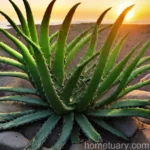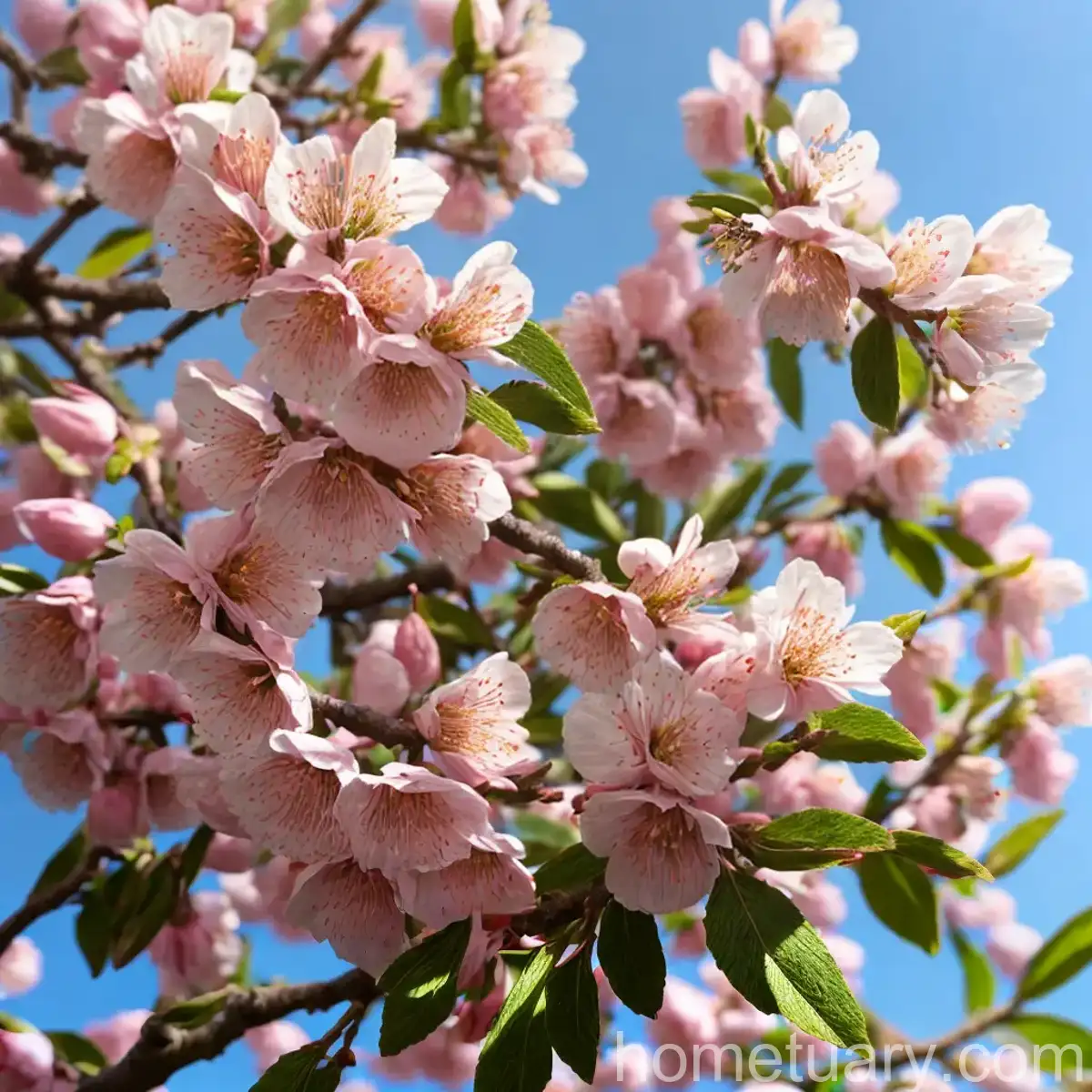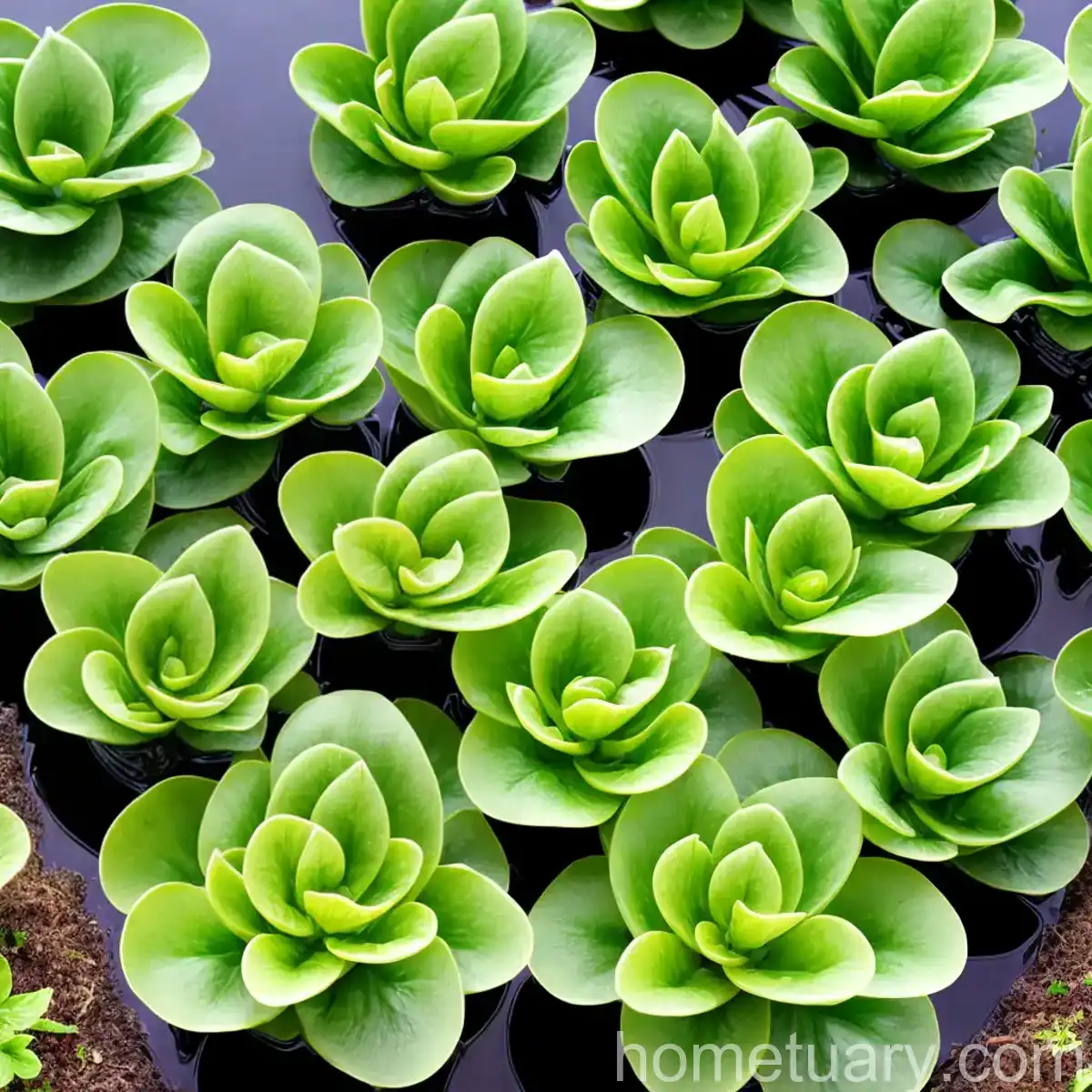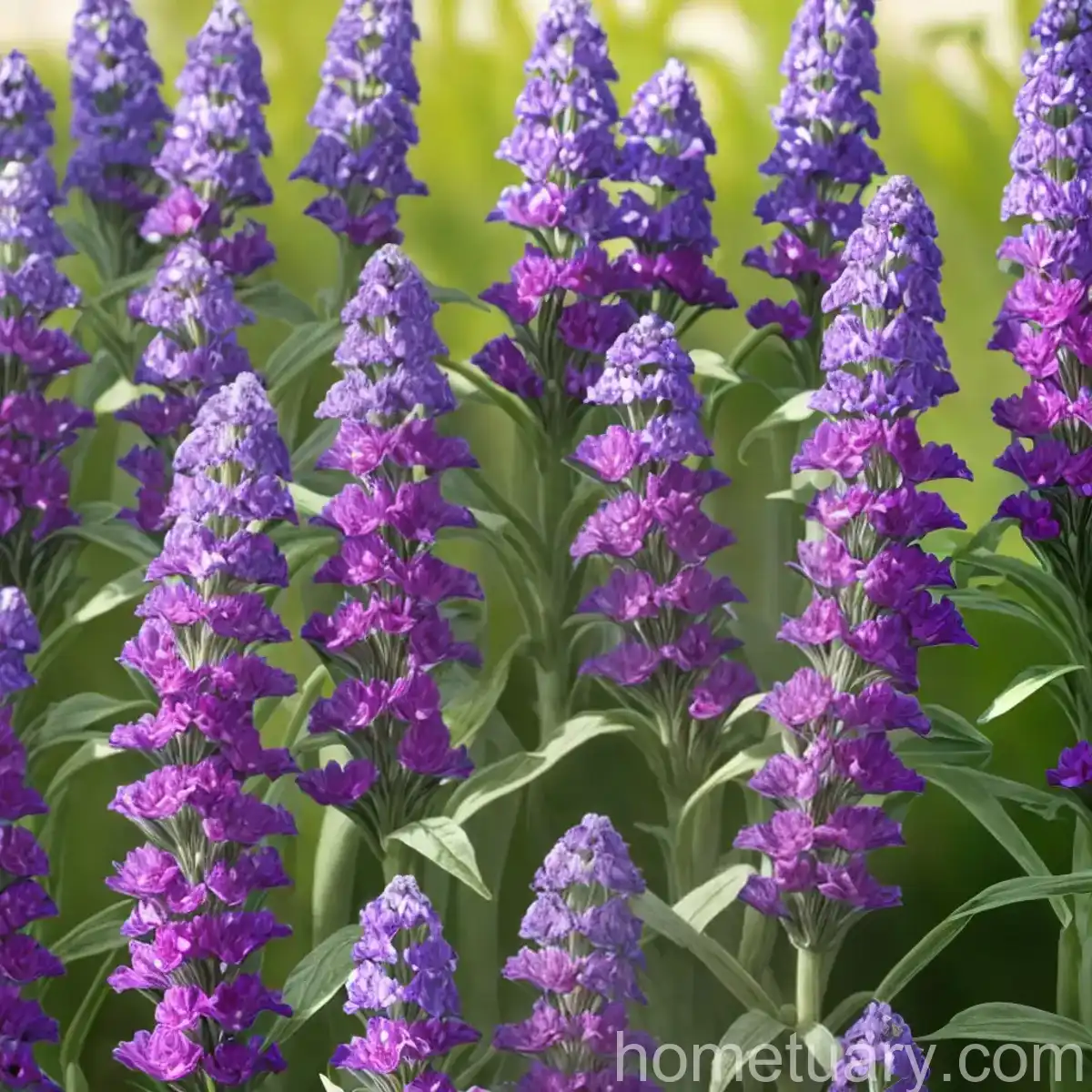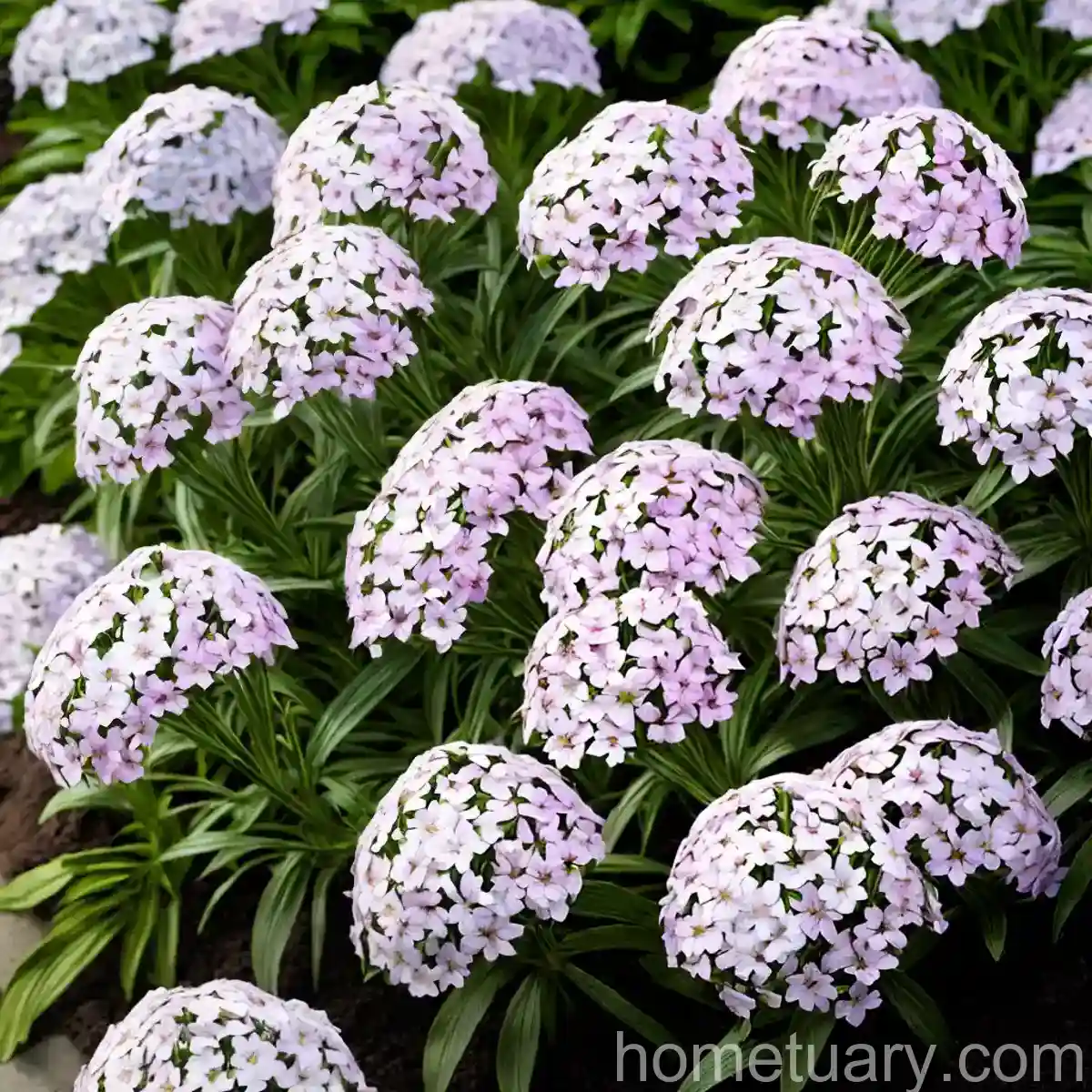All About the Tetraploid Daylily (Hemerocallis ‘Cinnamon Pleasure’)
The world of plants is incredibly diverse, with a myriad of species and cultivars that cater to various preferences and environments. One such fascinating plant is the tetraploid daylily, scientifically known as Hemerocallis ‘Cinnamon Pleasure’. This remarkable plant offers not only aesthetic appeal but also numerous cultural, culinary, and medicinal uses. In this comprehensive guide, we will delve deep into the world of these beautiful daylilies, exploring their characteristics, care requirements, uses, and much more.
What is a Tetraploid Daylily (Hemerocallis ‘Cinnamon Pleasure’)?
Hemerocallis ‘Cinnamon Pleasure’ Characteristics
Hemerocallis ‘Cinnamon Pleasure’ is a tetraploid daylily, belonging to the Hemerocallis genus. This particular daylily cultivar is known for its distinctive characteristics, which set it apart from others in its class. Here are some notable attributes of Hemerocallis ‘Cinnamon Pleasure’:
- Color: The blooms of Hemerocallis ‘Cinnamon Pleasure’ exhibit a captivating cinnamon color, with a hint of orange that adds warmth to its appearance.
- Size: The flowers are medium to large in size, making them a prominent feature in any garden or landscape.
- Fragrance: Often admired for its delightful fragrance, Hemerocallis ‘Cinnamon Pleasure’ adds a sensory dimension to its appeal.
- Bloom Time: This cultivar typically blooms in the midsummer, providing a burst of color and beauty during the warm months.
Daylily Plant Varieties
As a part of the daylily family, Hemerocallis ‘Cinnamon Pleasure’ is part of a diverse group of plants with varying characteristics. There are numerous daylily plant varieties, each offering its unique blend of colors, sizes, and bloom times.
Key Takeaways – Tetraploid Daylily (Hemerocallis ‘Cinnamon Pleasure’)
Before we explore the detailed aspects of Hemerocallis ‘Cinnamon Pleasure’, let’s take a moment to summarize the key takeaways that will be covered in this comprehensive guide:
- Hemerocallis ‘Cinnamon Pleasure’ Characteristics: Dive into the specific features that make this cultivar unique.
- Hemerocallis ‘Cinnamon Pleasure’ Care Tips: Discover the essential guidelines for nurturing this tetraploid daylily.
- Cultural Uses: Delve into the various cultural, culinary, and medicinal uses for Hemerocallis ‘Cinnamon Pleasure’.
- Common Diseases and Pests: Understand the potential challenges in maintaining the health of these daylilies and effective mitigation strategies.
Now, let’s embark on an in-depth journey into the world of the tetraploid daylily, Hemerocallis ‘Cinnamon Pleasure’.
Culture
Water
Proper watering is key to maintaining the health and vitality of Hemerocallis ‘Cinnamon Pleasure’ and ensuring the best possible bloom display. While daylilies are known for their tolerance to varying moisture levels, consistent watering is essential, especially during periods of active growth and flowering. Here are some key considerations for watering your Hemerocallis ‘Cinnamon Pleasure’:
- Establishment Period: Newly planted daylilies require regular watering to aid in root establishment. Keep the soil consistently moist but not waterlogged during this phase.
- Active Growth: During the active growth phase, provide approximately 1 inch of water per week, either through rainfall or irrigation. Adjust based on local precipitation and soil conditions.
- Avoid Waterlogging: While daylilies are tolerant of moisture, they should not be subjected to waterlogged conditions, as excessive water can lead to root rot and other issues.
- Mulching: Applying a layer of organic mulch around the base of the plant can help retain soil moisture and reduce the need for frequent watering.
Sunlight
Proper sunlight exposure is crucial for the healthy growth and abundant flowering of Hemerocallis ‘Cinnamon Pleasure’. Daylilies are known for their adaptability to various light conditions, but they thrive best in full sun to part shade. Consider the following factors when determining the ideal sunlight exposure for your daylilies:
- Full Sun: Hemerocallis ‘Cinnamon Pleasure’ can be planted in areas that receive direct sunlight for at least 6 hours a day. In full sun, the plants typically produce more blooms and exhibit vibrant coloration.
- Partial Shade: If full sun exposure is limited in your garden, daylilies can also thrive in partial shade. Aim for a balance of 4-6 hours of sunlight for optimal growth and flowering.
- Avoid Dense Shade: While daylilies can tolerate some shade, they should be planted in areas with adequate light and airflow to prevent issues such as poor flowering and increased susceptibility to diseases.
Fertilizer
Proper nutrition is essential for the healthy growth and abundant flowering of Hemerocallis ‘Cinnamon Pleasure’. Implementing a well-balanced fertilization regimen can significantly impact the overall vigor and bloom production of these tetraploid daylilies. Consider the following guidelines for fertilizing Hemerocallis ‘Cinnamon Pleasure’:
- Timing: Apply a balanced fertilizer in early spring as new growth begins, and then again in early summer to support the flowering phase.
- Composition: Select a slow-release or balanced granular fertilizer with an NPK ratio suited for flowering plants (e.g., 10-10-10).
- Application: Sprinkle the fertilizer around the base of the plant, following the recommended dosage based on the size and age of the plant. Avoid direct contact with the foliage to prevent burning.
- Organic Options: Organic fertilizers, such as compost and well-decomposed manure, can also be used to provide the necessary nutrients for daylilies.
Soil
The soil composition and quality play a significant role in the overall health and performance of Hemerocallis ‘Cinnamon Pleasure’. As versatile plants, daylilies can adapt to various soil types, but they thrive best in well-drained, rich soil. Consider the following soil-related aspects when cultivating Hemerocallis ‘Cinnamon Pleasure’:
- Drainage: Ensure that the planting site has good drainage to prevent waterlogging, which can lead to root rot and other issues. Amending heavy clay soils with organic matter, such as compost or peat moss, can improve drainage.
- pH Level: Daylilies prefer a slightly acidic to neutral pH range of 6.0 to 7.0. Conduct a soil test to determine the pH level and make necessary amendments using lime or sulfur.
- Soil Enrichment: Prior to planting, incorporate organic matter, such as compost or well-rotted manure, into the soil to enhance its fertility and structure.
- Mulching: Applying a layer of organic mulch around the base of the plant helps regulate soil moisture, suppress weeds, and gradually enrich the soil as it decomposes.
Pruning
Proper pruning and deadheading are important maintenance practices for Hemerocallis ‘Cinnamon Pleasure’ to promote continued flowering and overall plant health. Here are some key considerations for pruning daylilies:
- Remove Spent Blooms: Regularly deadhead faded blooms by gently pinching or snipping them off to encourage the production of new flowers and prevent the formation of seed pods.
- Remove Diseased Foliage: Trim away any yellowing or diseased foliage to prevent the spread of diseases and maintain the plant’s aesthetic appeal.
- Divide Overgrown Clumps: Over time, daylilies may form dense clumps that can hinder airflow and flowering. Dividing the clumps every few years helps rejuvenate the plants and promote better performance.
Propagation
Propagation is a fascinating aspect of cultivating daylilies and offers the opportunity to expand the collection of Hemerocallis ‘Cinnamon Pleasure’ plants. There are several methods of propagating daylilies, including division, seed propagation, and tissue culture. Here’s a brief overview of each propagation method:
-
Division: This is the most common and straightforward method for propagating daylilies. It involves dividing the clumps of mature plants into smaller sections, each with healthy roots and shoots, and replanting them in desired locations. Division is usually conducted in early spring or after the flowering season.
-
Seed Propagation: While Hemerocallis ‘Cinnamon Pleasure’ can be propagated from seeds, this method is primarily used for breeding new cultivars rather than producing identical offspring. Collect seeds from ripe seed pods, and sow them in suitable growing medium following specific germination requirements.
-
Tissue Culture: This advanced propagation method involves the aseptic culture of plant tissues to produce clones of the original cultivar. Tissue culture is commonly used in the commercial production of daylilies and allows for the large-scale propagation of genetically identical plants.
Container Popularity
Hemerocallis ‘Cinnamon Pleasure’ is well-suited for container cultivation, offering a versatile way to incorporate these beautiful daylilies into various settings, from small urban balconies to expansive garden landscapes. Container-grown daylilies can be showcased individually or grouped with other complementary plants to create captivating displays. The following factors contribute to the popularity of container gardening with Hemerocallis ‘Cinnamon Pleasure’:
-
Space Efficiency: Containers allow individuals with limited garden space to enjoy the beauty of daylilies without the constraints of traditional in-ground planting.
-
Versatility: Containers provide the flexibility to move and rearrange the plants to suit different aesthetic preferences or seasonal changes.
-
Urban Gardening: Daylilies, including Hemerocallis ‘Cinnamon Pleasure’, are favored by urban gardeners seeking to introduce vibrant flowering plants into small outdoor spaces.
-
Special Events: Container-grown Hemerocallis ‘Cinnamon Pleasure’ can be utilized in various events and gatherings, serving as stunning focal points or decorative elements.
Common Diseases and Pest Control
Disease Diagnosis
While daylilies are generally robust plants, they are susceptible to certain diseases that can affect their overall health and appearance. Proper diagnosis of common daylily diseases is crucial for implementing targeted treatment and prevention strategies. Here are some prevalent daylily diseases and their diagnostic characteristics:
-
Rust: Rust appears as small yellow to orange pustules on the leaves and stems, often accompanied by powdery spores. Infected foliage may become discolored and prematurely die back.
-
Crown Rot: Crown rot causes the rapid deterioration of the plant’s crown and roots, leading to wilting, yellowing, and collapse of the foliage.
-
Leaf Streak: Leaf streak manifests as long, brown streaks on the leaves, often following the veins, and can result in leaf distortion and decline.
-
Fungal Leaf Spots: Fungal leaf spots present as circular or irregularly shaped lesions with distinct margins on the foliage, potentially causing premature defoliation.
Common Pests
In addition to diseases, daylilies can also be affected by various pests that may compromise their health and appearance. Identifying common daylily pests is essential for implementing appropriate pest control measures. Here are some notable pests that may affect Hemerocallis ‘Cinnamon Pleasure’:
-
Thrips: Thrips are tiny insects that feed on daylily foliage, causing stippling, discoloration, and distortion of leaves. In severe cases, thrips can significantly affect the plant’s appearance and vigor.
-
Aphids: Aphids are small, soft-bodied insects that may cluster on the new growth of daylilies and extract plant sap, leading to leaf curling, yellowing, and the secretion of sticky honeydew.
-
Spider Mites: Spider mites are known for their webbing and can cause stippling and discoloration of daylily foliage, particularly under hot and dry conditions.
-
Snails and Slugs: These mollusks can feed on daylily leaves and may cause irregular holes and damage, especially in damp and shaded areas.
Botanist’s Tips
Gardening enthusiasts, including botanists and horticulturists, often offer valuable insights and tips for successfully growing and caring for Hemerocallis ‘Cinnamon Pleasure’ and other daylilies. Here are some expert recommendations:
-
Soil Preparation: Prior to planting, thoroughly amend the soil with organic matter to promote optimal root development and overall plant vigor.
-
Mulching: Apply a layer of organic mulch, such as shredded bark or compost, around the base of the daylilies to conserve soil moisture, regulate temperature, and suppress weed growth.
-
Regular Monitoring: Routinely inspect the plants for any signs of diseases, pests, or nutrient deficiencies, and address any issues promptly to prevent further escalation.
-
Companion Planting: Consider planting companion plants, such as low-growing perennials or ornamental grasses, alongside Hemerocallis ‘Cinnamon Pleasure’ to create visually appealing combinations and provide support for beneficial insects.
-
Seasonal Maintenance: Schedule regular maintenance tasks, such as pruning, deadheading, and division, to ensure the continued health and performance of the daylilies throughout the growing season.
Fun Facts
- Daylilies are often referred to as “the perfect perennial” due to their adaptability, low maintenance requirements, and prolific flowering.
- The term “daylily” is derived from the Greek words “hemera” (day) and “kallos” (beauty), alluding to the fleeting beauty of each flower that typically lasts for just one day.
- Hemerocallis ‘Cinnamon Pleasure’ is renowned for its captivating coloration and fragrant blooms, making it a sought-after cultivar among gardening enthusiasts and landscape designers.
- Daylilies are not only prized for their ornamental value but also hold cultural significance in certain cuisines, where the buds and flowers are used in culinary preparations.
Links to External Resources
If you’re interested in delving deeper into the world of daylilies, here are some valuable external resources that offer additional insights, guidance, and inspiration:
- American Hemerocallis Society (AHS): AHS Website
- Daylilies: The Perfect Perennial: Perennial Resource
- Clemson Cooperative Extension – Daylilies: Growing Daylilies
- The Daylily Journal: The Daylily Journal
- Royal Horticultural Society (RHS) – Hemerocallis: RHS Daylilies
As you continue your journey with Hemerocallis ‘Cinnamon Pleasure’ and the captivating world of daylilies, remember to immerse yourself in the beauty and diversity of these remarkable plants. Whether you’re a seasoned gardener or a novice enthusiast, the allure of daylilies is bound to spark joy, creativity, and a deeper appreciation for the wonders of nature.
With the rich tapestry of colors, fragrances, and cultural uses that daylilies offer, Hemerocallis ‘Cinnamon Pleasure’ stands as a shining example of the remarkable diversity and charm found within the world of plants.
As you cultivate and admire these tetraploid daylilies, take the time to savor every moment, from the emergence of the first tender shoots to the enchanting display of cinnamon blooms that Hemerocallis ‘Cinnamon Pleasure’ graciously presents, each contributing to the enduring allure of this exceptional cultivar.
So, whether you’re seeking vibrant additions to your garden, exploring new horizons in plant breeding, or simply reveling in the beauty of nature’s creations, Hemerocallis ‘Cinnamon Pleasure’ and its fellow daylilies are poised to enrich your botanical journey and awaken a profound connection to the wonders of the natural world.
Remember, in the world of daylilies, each day brings a new opportunity to witness nature’s exquisite artistry, perpetuating the timeless allure of Hemerocallis ‘Cinnamon Pleasure’ and its mesmerizing bloom cycle.







